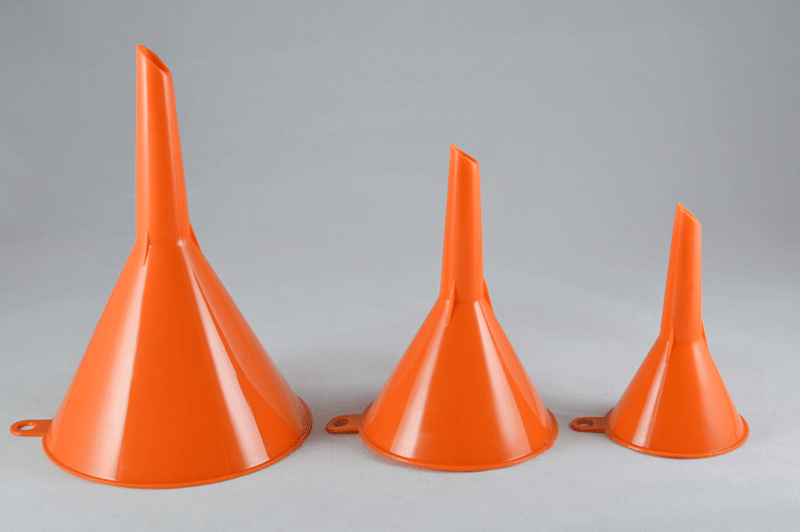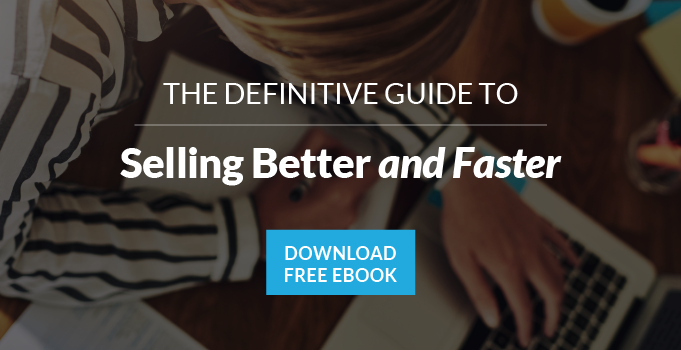 As you begin to delve into the world of marketing, you will no doubt see an enormous amount of literature on the topic of lead generation, even here on the Rhino blog. Indeed, much of what we do in our digital marketing efforts focuses on catching people who may have a need for what you’re selling, who we call leads. But of course, that’s only the first step of the process. What we really need are closed sales, and those are still a few steps down the line. In between the point at which we first make contact with a lead and the point at which they become a customer, lies the heart of the sales process. In order to better understand the process through which leads are converted to customers, it’s convenient to use a common diagram: the sales funnel.
As you begin to delve into the world of marketing, you will no doubt see an enormous amount of literature on the topic of lead generation, even here on the Rhino blog. Indeed, much of what we do in our digital marketing efforts focuses on catching people who may have a need for what you’re selling, who we call leads. But of course, that’s only the first step of the process. What we really need are closed sales, and those are still a few steps down the line. In between the point at which we first make contact with a lead and the point at which they become a customer, lies the heart of the sales process. In order to better understand the process through which leads are converted to customers, it’s convenient to use a common diagram: the sales funnel.
What is an online sales funnel?
Have you ever added motor oil to your car’s engine? Or poured over some juice or another beverage into a smaller container? When you do so, you want to ensure that all (or at least most) of the liquid ends up in the opening where you need it, not scattered all over the outside of the engine, or all over the kitchen counter. How do you make that happen? Of course, you use a funnel to direct the flow to the intended destination. You can think of a sales funnel in the same way. (Actually, this metaphor isn’t quite perfect: when you add oil to your engine, you do so with reasonable confidence that it’s all going through the funnel. In the sales process, however, not every lead is going to be converted into an actual sale.) Still, the funnel represents the process, sometimes called the buyer’s journey, and it also shows that it’s narrower at the bottom, where only a few of the myriad leads at the top of the funnel actual complete the process.
What exactly goes through the sales funnel?
Let’s talk briefly first about the fundamentals of the sales process. Generally speaking, there are three types of people who we’ll be dealing with.
- Leads - A lead is someone who you’re targeting to sell to, either because you’ve found them, or they have somehow become aware of your company and your offerings.
- Prospects - Prospects are generally individuals whom you have, at least to some degree, qualified based on some standards, or, more commonly, they’re people with whom you’ve had some contact, and are interested.
- Customers - You know what these are - they’re the goal of the process, the gold ring of the carousel of sales - people who have bought something from you.
Your sales funnel includes all of the above. At each level of the process though, fewer make it through. This clearly shows the “object of the game” and its strategy: to increase the number of leads, and strive to have as many of them as possible reach the end of the funnel as closed sales.
Stages of the Sales Funnel
Another way to look at the sales funnel is a representation of the stages of the buyer's journey. The stages of the sales process can certainly differ from one company to the next, from one campaign to another, and even from one lead to another. In fact, there can be as many stages of the process as you want. But in general here are the main phases of the process that all customers pass through:
- Awareness - Regardless of how you break it down, in any sales funnel the first step is awareness. The potential buyer has to become aware of you and what you’re selling. This can be accomplished in a number of ways, including advertising, email marketing, social media marketing, and word of mouth. The methods used may differ depending on what you're selling, and who your target audience is. At this time, the buyer may also become aware of a need or a problem that needs a solution. This step occurs when the prospect first comes in contact with your company, by following a link in an ad, an email, or a social media post, and lands on your website.
- Interest - This is the point at which the prospect is actively seeking a solution to a problem, or something to help achieve a goal. The perfect example would be someone who is searching for an answer to a concern on Google. If you can catch him on that search, you can direct him to some excellent content you’ve created on the subject. If you’re successful, this is the time when people will follow you on social media and subscribe to your email list.
- Decision - At this point, the prospect is contemplating utilizing your solution, and works on making a final decision. He’ll be paying closing attention to details, and looking into the specifics of deals and packages that you’re offering. Your part at this stage is to provide that information, by way of sales-oriented web pages, direct calls, and so on.
- Action - This is the point we’ve been waiting for. The conversion from prospect to customer is complete. The buyer signs the agreement, or click the “purchase” button, and the sale is closed.
Content and the Sales Funnel
When we talk about the online sales process, we’re generally speaking about inbound marketing, so we can always return to what we’ve said so many times in this context: Content is king. In the context of the sales funnel, we need to provide high quality, relevant content, at every step of the way. This will include blogging to initially attract leads to your website, followed by a larger content offering (white papers or eBooks) to further engage them. You’ll use other types of content, like periodic email newsletters, to further strengthen your relationship with prospects as well as previous customers.
Remember that there is no absolute rule as to how to build your online sales funnel. It may take some trial and error to tweak the process and get it just right.


Comments